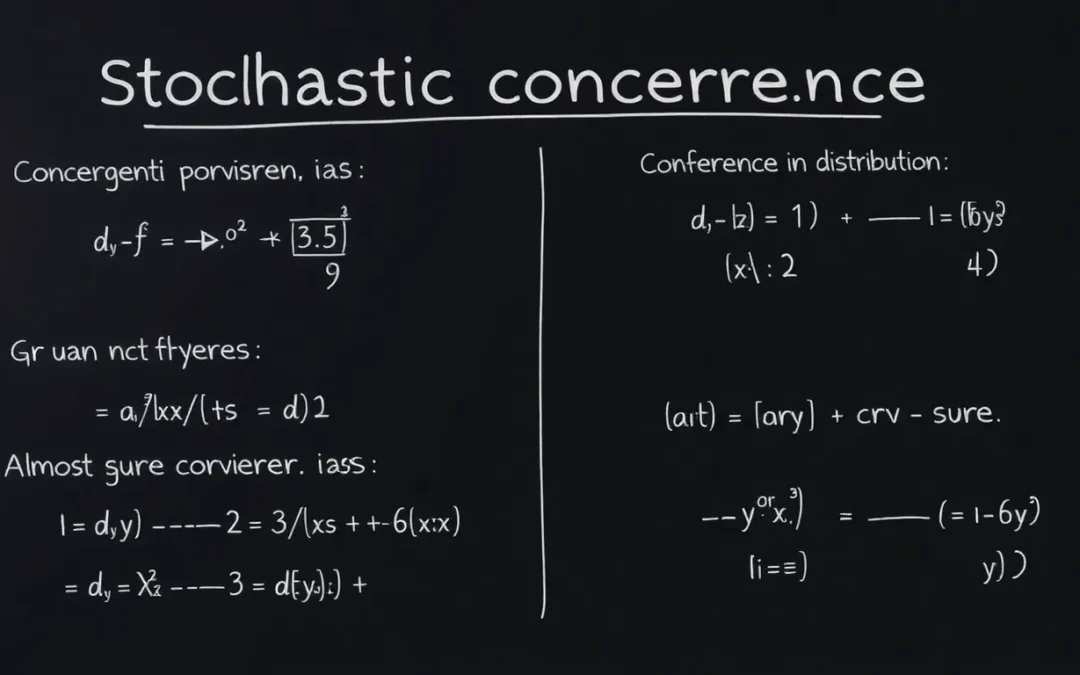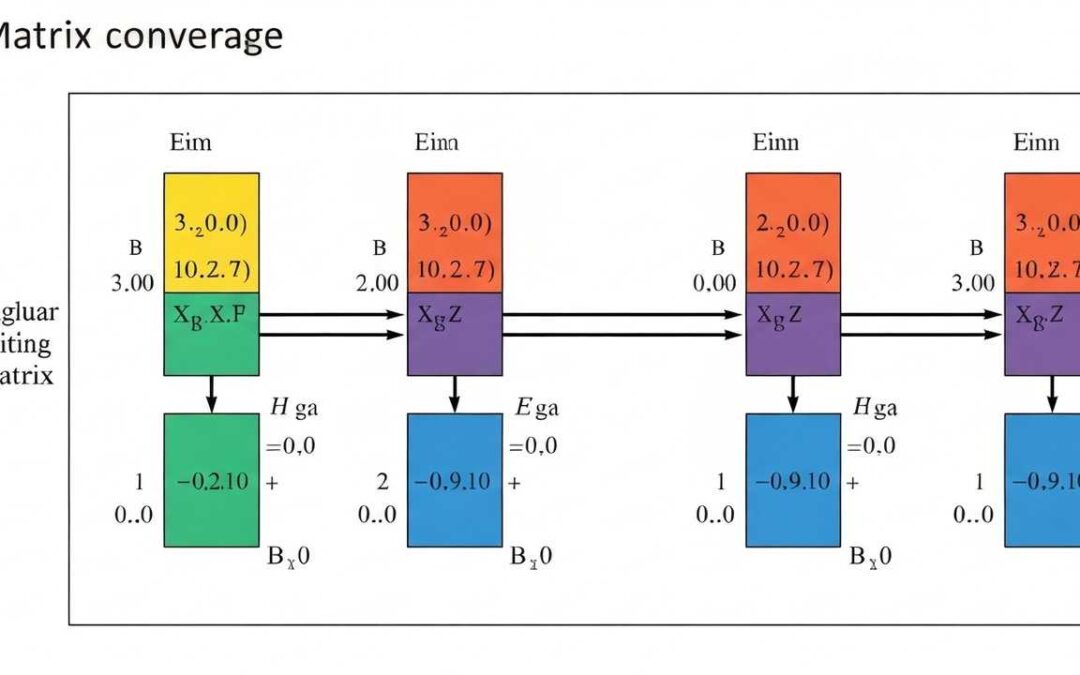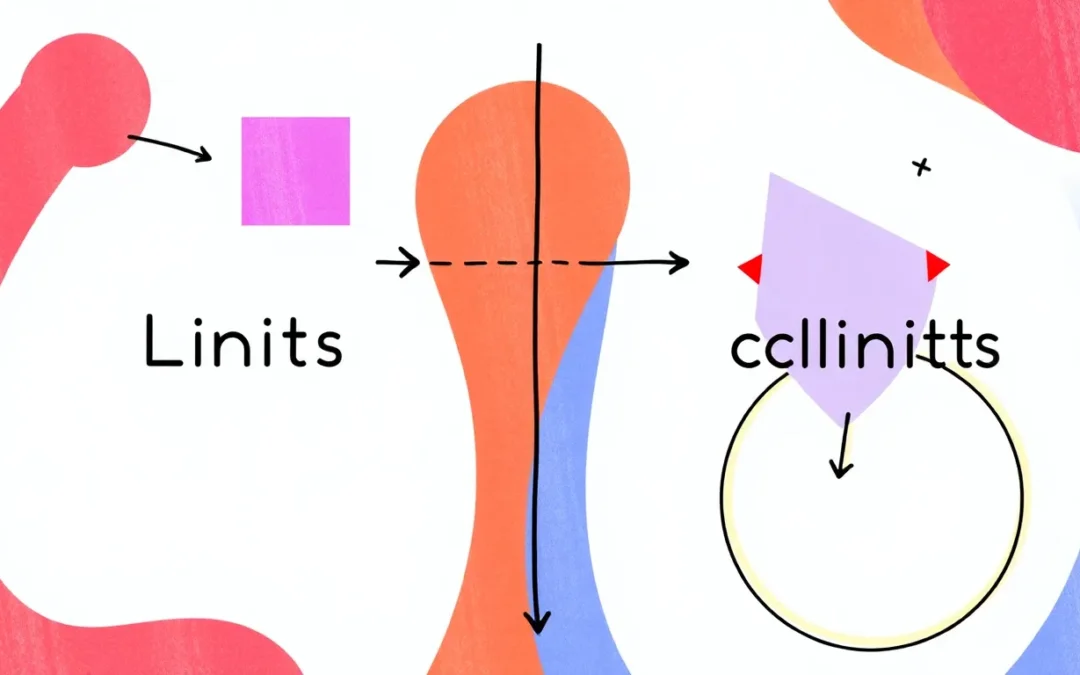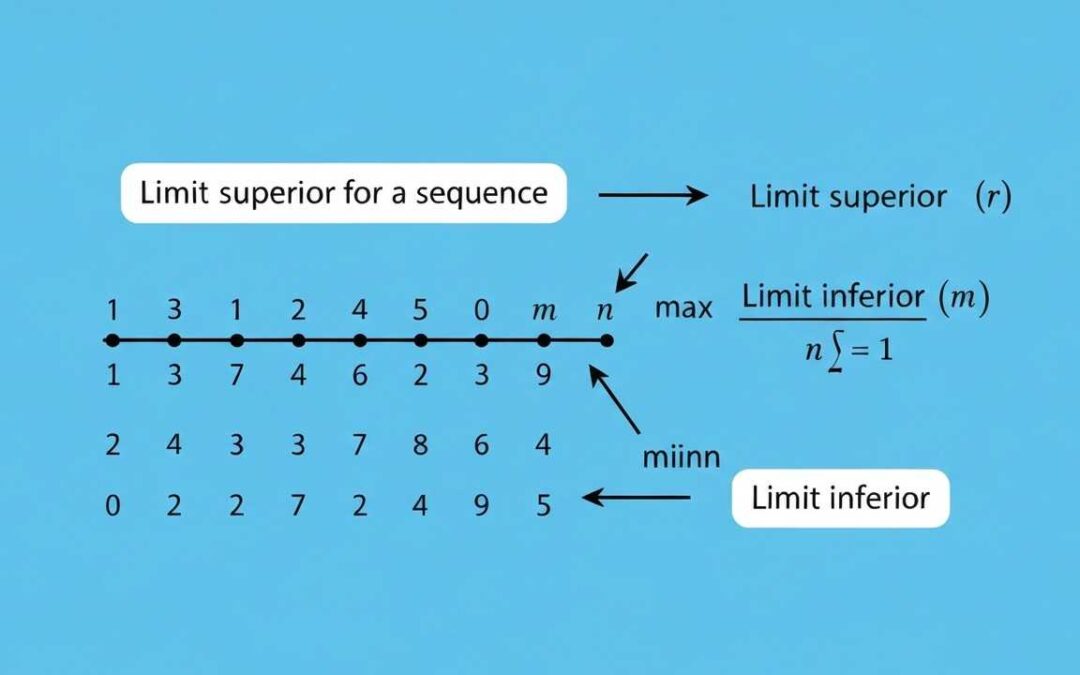Banach limits, a fascinating concept in functional analysis, extend the notion of limits beyond the confines of convergent sequences. These mathematical tools offer a way to assign limit values to sequences that might otherwise seem ‘limitless,’ opening doors to a broader understanding of sequence behavior. This blog post will delve into what Banach limits are and how they operate within the framework of mathematical analysis.
Table of Contents
Read More
Ever wondered how mathematicians handle sequences that don’t seem to settle down? Welcome to the fascinating world of Banach limits, a concept that gracefully extends the idea of limits beyond the familiar territory of convergent sequences. This exploration delves into the core properties, significance, and applications of these powerful mathematical tools, revealing how they provide a unique perspective on the behavior of bounded sequences.
Defining the Essence of Banach Limits
A Banach limit is, at its heart, a continuous linear functional, denoted as ##ϕ##, mapping from the Banach space ##ℓ^∞## of bounded complex-valued sequences to the complex numbers ##C##. This functional is defined to satisfy specific properties, ensuring it behaves consistently with the intuitive notion of a limit. It’s a way of assigning a ‘limit’ value even to sequences that don’t converge in the traditional sense, making it a valuable tool in functional analysis. This definition gives us a powerful tool for analyzing sequences.
Linearity: The Foundation of Functionals
The linearity property states that for any sequences ##x = (x_n)## and ##y = (y_n)## in ##ℓ^∞##, and any complex number ##α##, the Banach limit satisfies ##ϕ(αx + y) = αφ(x) + ϕ(y)##. This means the functional respects scalar multiplication and addition, preserving the structure of the vector space. Linearity is a fundamental property, ensuring the functional behaves predictably when dealing with combinations of sequences. This property simplifies calculations and proofs, making Banach limits easier to manipulate.
Positivity: Preserving Order
Positivity is another crucial characteristic. If all elements ##x_n## of a sequence ##x## are non-negative (##x_n ≥ 0## for all ##n ∈ ℕ##), then ##ϕ(x) ≥ 0##. This ensures that the Banach limit respects the order structure of the real numbers, a critical aspect for maintaining consistency. Positivity guarantees that the Banach limit doesn’t introduce any unexpected sign changes, making it a well-behaved extension of the usual limit concept. This property is essential for many applications.
Shift-Invariance: A Symmetry Property
Shift-invariance is a particularly interesting feature, asserting that ##ϕ(x) = ϕ(Sx)##, where ##S## is the shift operator, defined by ##(Sx)_n = x_{n+1}##. This means shifting the sequence by one position doesn’t change its Banach limit. This property reflects a kind of ‘translation invariance,’ indicating that the Banach limit is insensitive to the starting point of the sequence. This symmetry is a cornerstone of Banach limit theory.
Extending the Concept of Limits
The beauty of Banach limits lies in their ability to extend the usual limit concept. If a sequence ##x## converges to a limit ##L##, then ##ϕ(x) = L##. This means that Banach limits are consistent with the traditional notion of limits for convergent sequences. They provide a more general framework that encompasses the standard limit while also assigning ‘limit’ values to non-convergent sequences. It is an extension of the concept of a limit.
From Limits to Banach Limits
The Banach limit can be seen as an extension of the limit functional ##lim : c → C##, where ##c ⊂ ℓ^∞## represents the space of convergent sequences. This means that for any convergent sequence, the Banach limit agrees with the usual limit. The Banach limit can handle sequences that do not converge in the ordinary sense. It gives them a ‘limit’ value, which is not always unique. It is a way to generalize the concept of a limit.
The Non-Uniqueness of Banach Limits
A critical aspect of Banach limits is that they are not uniquely determined. This means that for a given bounded sequence, different Banach limits may assign different values. This non-uniqueness is a consequence of the properties they satisfy and is a key characteristic of the theory. The existence of multiple Banach limits underscores the flexibility and generality of the concept. This can lead to interesting results.
Illustrative Examples and Applications
Consider the sequence ##x = (1, 0, 1, 0, …)##. It doesn’t converge in the usual sense, but by using the shift operator, we find ##x + Sx = (1, 1, 1, …)##, which is a constant sequence. Therefore, for any Banach limit, ##ϕ(x) + ϕ(Sx) = 1##. Since shift-invariance implies ##ϕ(x) = ϕ(Sx)##, we get ##2ϕ(x) = 1##, hence ##ϕ(x) = 1/2##. This demonstrates how Banach limits can assign a value to a non-convergent sequence. The value is uniquely determined in this case.
Almost Convergent Sequences
A bounded sequence ##x## is called almost convergent if ##ϕ(x)## has the same value for every Banach limit ##ϕ##. This concept is crucial for understanding the sequences to which Banach limits assign unique values. These sequences are well-behaved in the context of Banach limits. They provide insights into the properties of Banach limits. Almost convergent sequences are essential for various applications.
Duality and Functional Analysis
The concept of Banach limits is closely tied to duality in functional analysis. In the duality pairing ##⟨ℓ^1, ℓ^∞⟩##, where ##ℓ^1## is the space of absolutely summable sequences, the ordinary limit of a convergent sequence doesn’t arise from an element of ##ℓ^1##. Banach limits provide an example of elements in the dual space of ##ℓ^∞## that are not in ##ℓ^1##. This highlights the relationship between Banach limits and the dual space.
Key Takeaways
Banach limits provide a powerful extension of the limit concept, offering a way to assign ‘limit’ values to a wider class of sequences than traditional limits allow. The properties of linearity, positivity, and shift-invariance define these functional, while non-uniqueness adds to their complexity and versatility. These limits are essential tools in functional analysis, offering a deeper understanding of sequence behavior. Understanding these limits is crucial for further mathematical studies.
| Property | Description | Implication |
|---|---|---|
| Linearity | ##ϕ(αx + y) = αφ(x) + ϕ(y)## for all sequences ##x## and ##y## and complex number ##α##. | Preserves the structure of vector spaces, making calculations predictable. |
| Positivity | If ##x_n ≥ 0## for all ##n##, then ##ϕ(x) ≥ 0##. | Respects order and ensures the functional behaves consistently with real numbers. |
| Shift-Invariance | ##ϕ(x) = ϕ(Sx)##, where ##S## is the shift operator. | The Banach limit is insensitive to the starting point of the sequence. |
| Extension of Limits | If ##x## converges to ##L##, then ##ϕ(x) = L##. | Consistent with traditional limits for convergent sequences. |
We also Published
RESOURCES
- Banach limit – Wikipedia
- Banach limit | What’s new
- real analysis – Definition of Banach limit – Mathematics Stack …
- Banach limits–Some new thoughts and perspectives
- Can I define a bounded sequence whose Banach limit is not unique …
- Dilation invariant Banach limits – ScienceDirect
- fa.functional analysis – What is a generalized limit? – MathOverflow
- construction of Banach limit using limit along an ultrafilter
- A Note on the Banach Limit-Based Proof of Elton’s Ergodic Theorem …
- sequences and series – Cesaro means and Banach limits …







0 Comments